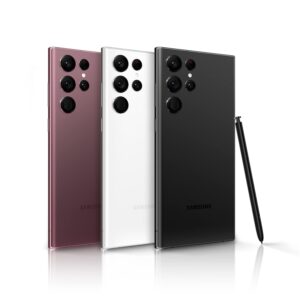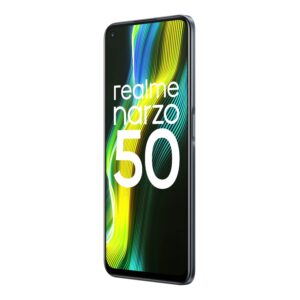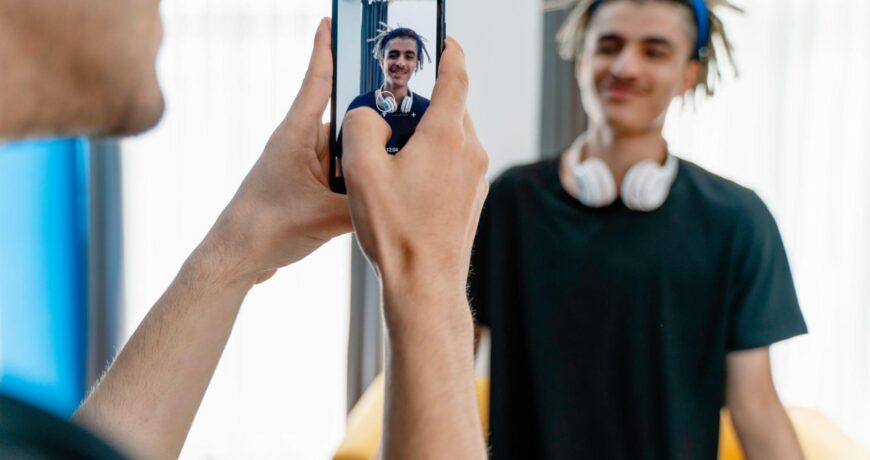How to take better photos with your smartphone? Leave a comment
Are you tired of scrolling through your smartphone’s camera roll only to find blurry, dull, and uninspiring photos? Well, fret no more!
In this digital age, where our smartphones are practically an extension of ourselves, it’s time to unlock the true potential of your device and become a master of smartphone photography.
Take better photos with your smartphone
Say goodbye to mediocre shots and hello to stunning, jaw-dropping images that will leave your friends and followers in awe. Get ready to embark on a journey of discovery as we delve into the world of smartphone photography, uncovering top tips, techniques, and secrets that will elevate your skills to new heights.
So, grab your smartphone, unleash your creativity, and dive into the captivating realm of capturing breathtaking moments with just a tap of your finger.
Camera Features of Your Smartphone
To take better photos with your smartphone, it is essential to have a good understanding of the camera features that your device offers.
Smartphones today come equipped with advanced camera capabilities that rival those of professional cameras. By familiarizing yourself with these features, you can make the most of your smartphone’s camera and capture stunning photos.
One of the first things you should do is explore the settings and options available in your smartphone’s camera app.
This will allow you to customize the camera settings according to your preferences and the specific shooting conditions.
For example, you can adjust the exposure, white balance, and ISO settings to ensure your photos are correctly exposed and have accurate colors.
Learn More:How to choose the right smartphone for you
#1 Lighting Techniques for Better Smartphone Photography
Lighting plays a crucial role in photography, which is no different from smartphone photography. Understanding how to utilize lighting effectively can significantly enhance the quality of your smartphone photos.
Here are some lighting techniques to help you take better photos with your smartphone:
1. Natural Light: Natural light is one of the best lighting sources for photography. Take advantage of the soft, diffused light during the golden hour, the hour after sunrise, or before sunset. This type of lighting creates a warm and flattering effect on your subjects.
2. Avoid Harsh Shadows: Harsh shadows can ruin a photo, especially when using a smartphone. To avoid this, position your subject so the light is evenly distributed. You can also use reflectors or diffusers to soften the light and reduce shadows.
3. Backlighting: Backlighting can create a dramatic effect in your photos. Position your subject in front of a light source, such as the sun, and adjust the exposure on your smartphone to expose the issue properly. This technique can create a beautiful silhouette or add a halo effect to your photos.
4. Use HDR Mode: High Dynamic Range (HDR) mode on your smartphone can help capture a broader range of light and dark areas in a scene. This mode combines multiple exposures to create a well-balanced photo with enhanced details in both the highlights and shadows.
5. Experiment with Artificial Lighting: While natural light is preferred, there may be situations where you need to use artificial lighting. Experiment with different types of lighting, such as lamps or LED lights, to create different moods and effects in your photos.
6. Avoid Using Flash: The built-in flash on smartphones can often result in harsh and unflattering lighting. Instead, try to find alternative light sources or use the flashlight feature on another smartphone to create a more natural and pleasing light.

#2 Composition and Framing Tips for Stunning Smartphone Photos
Composition and framing are crucial in creating visually appealing and stunning smartphone photos. Following simple tips and techniques can elevate your photography skills and capture images that stand out.
Here are some composition and framing tips to help you take better photos with your smartphone:
1. Rule of Thirds: The rule of thirds is a fundamental principle in photography. Imagine dividing your frame into a grid of nine equal parts by drawing two horizontal and two vertical lines. Place your subject along these lines or at the intersections to create a more balanced and visually pleasing composition.
2. Leading Lines: Utilize leading lines to guide the viewer’s eye toward the main subject of your photo. These lines can be roads, fences, or any other element that naturally leads the viewer’s gaze. Experiment with different angles and perspectives to find the most influential leading lines.
3. Symmetry and Patterns: Look for symmetry and patterns in your surroundings to create visually striking compositions. Symmetrical subjects, such as buildings or reflections, can add a sense of balance and harmony to your photos. Whether natural or artificial, patterns can create a sense of repetition and visual interest.
4. Framing: Frame your subject using natural elements or architectural structures. This technique adds depth and context to your photos, drawing the viewer’s attention to the main issue. Experiment with different framing techniques, such as shooting through a doorway or using tree branches to create a frame within a frame.
5. Negative Space: Don’t be afraid to leave space in your photos. Negative space can emphasize your subject and create a sense of simplicity and minimalism. It allows the viewer’s eye to focus on the main issue without distractions.
6. Perspective: Change your perspective to add a unique and exciting element to your photos. Get down low or find a higher vantage point to capture your subject from a different angle. This can create a sense of depth and make your photos more engaging.
#3 Rule of Thirds in Smartphone Photography
The rule of thirds is a fundamental principle in photography that can significantly enhance your smartphone photos’ composition and visual appeal. You can create more balanced and engaging images by understanding and applying this rule.
The rule of thirds involves dividing your frame into a grid of nine equal parts by drawing two horizontal lines and two vertical lines. The key is to position the main subjects or points of interest along these lines or at the intersections where the lines intersect. This technique helps to create a sense of balance and harmony in your photos.
To utilize the rule of thirds in smartphone photography, you can activate the gridlines feature on your camera app. This will overlay the gridlines on your screen, making it easier to compose your shots. Align your subjects along the gridlines or intersections to achieve a more visually pleasing composition.
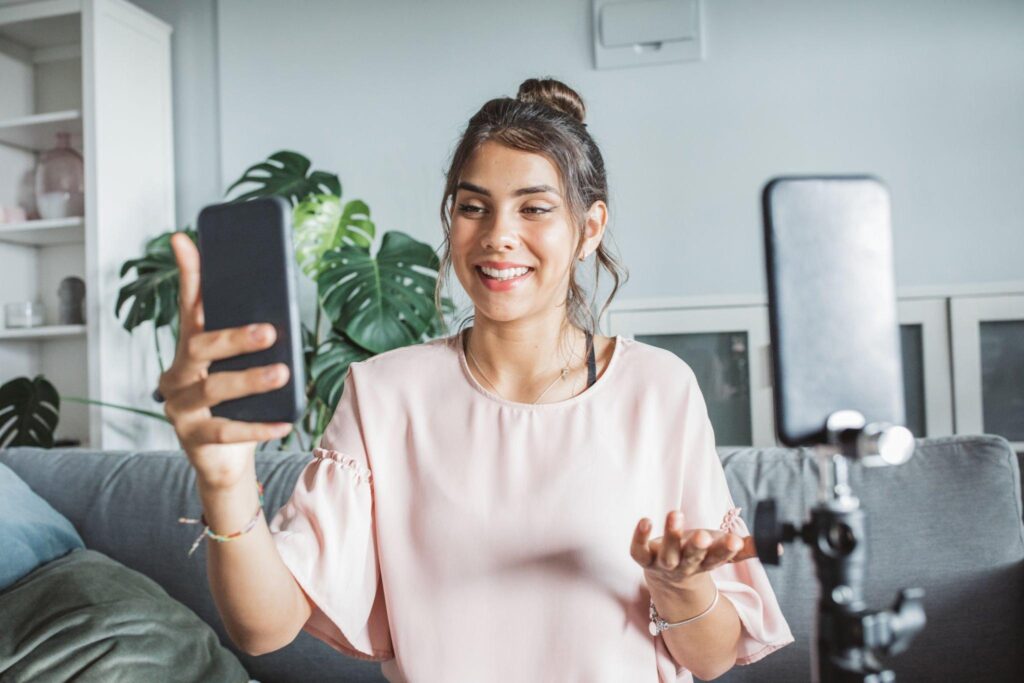
#4 Mastering the Art of Focus and Depth of Field in Smartphone Photography
When it comes to smartphone photography, mastering the art of focus and depth of field can significantly enhance the quality and impact of your photos. Understanding how to control these elements will allow you to create stunning images that stand out.
Here are some tips to help you master focus and depth of field in smartphone photography:
1. Tap to Focus: Most smartphones allow you to manually select the focus point by tapping on the screen. This feature is handy as it will enable you to ensure that the main subject of your photo is in sharp focus. Experiment with different focus points to find the best composition for your shot.
2. Depth of Field: Depth of field refers to a sharp and focused distance range in a photo. In smartphone photography, achieving a shallow depth of field can help to isolate your subject and create a pleasing background blur. Try shooting close to your topic to achieve this effect and ensure distance between the subject and the background.
3. Portrait Mode: Many smartphones now have a portrait mode feature that automatically blurs the background and creates a shallow depth of field effect. This mode is handy for capturing portraits or close-up shots of objects. Experiment with portrait mode and see how it can enhance your photos.
4. Manual Focus: Some smartphone camera apps offer manual focus controls, giving you more control over the focus point. This can be useful when the autofocus may struggle, such as in low-light conditions or when shooting through glass. Take advantage of manual focus to ensure your subject is sharp and clear.
5. Focus Lock: If you want to maintain focus on a specific subject, you can use the focus lock feature. Tap and hold on the screen until the focus lock indicator appears. This will ensure that the focus remains on your subject even if you move the camera or recompose the shot.
#5 Smartphone’s Photos with Editing Apps and Tools
Editing is an essential part of smartphone photography.
Even the most well-composed and perfectly exposed photo can benefit from editing to enhance its look and feel. Luckily, numerous editing apps and tools can help you take your smartphone photos to the next level.
Here are some tips on how to enhance your smartphone photos using editing apps and devices:
1. Choose the Right Editing App: Plenty of editing apps are available for both iOS and Android devices. Some popular options include Adobe Lightroom, Snapseed, VSCO, and Afterlight. Experiment with different apps to find the one that suits your editing style and preferences.
2. Adjust Exposure and Contrast: One of the first things you can do to enhance your smartphone photos is to adjust the exposure and contrast. Most editing apps have sliders or tools that allow you to increase or decrease the brightness and contrast of your photos. This can help bring out details and make your images more visually appealing.
3. Crop and Straighten: Cropping your photos can help improve their composition and remove distracting elements. Many editing apps have a crop tool that allows you to adjust the framing of your photos. Additionally, you can use the straighten tool to correct any tilted horizons or lines in your images.
4. Enhance Colors: Colors play a crucial role in photography; editing apps can help you enhance and adjust the colors in your smartphone photos. You can use tools like saturation, vibrance, and white balance to make your colors pop or create a specific mood in your images.
5. Apply Filters and Presets: Filters and presets can instantly transform the look and feel of your photos. Many editing apps offer a wide range of filters and presets you can apply with a tap. Experiment with different styles and effects to find the ones that best suit your photos.
6. Remove Blemishes and Imperfections: Editing apps also allow you to remove blemishes, dust spots, or other imperfections from your photos. Use the healing or retouching tools to clean up your images and make them look more polished.
#6 Different Shooting Modes and Settings on Your Smartphone
When it comes to smartphone photography, exploring and understanding the different shooting modes and settings on your device can significantly enhance the quality of your photos.
Most smartphones come with various shooting modes and settings that allow you to customize your photography experience and capture stunning images.
One of the smartphone’s most common shooting modes is the “Auto” mode. This mode is perfect for beginners or those who want to point and shoot without worrying about adjusting settings.
The auto mode automatically adjusts the exposure, focus, and other settings to ensure a well-balanced photo.
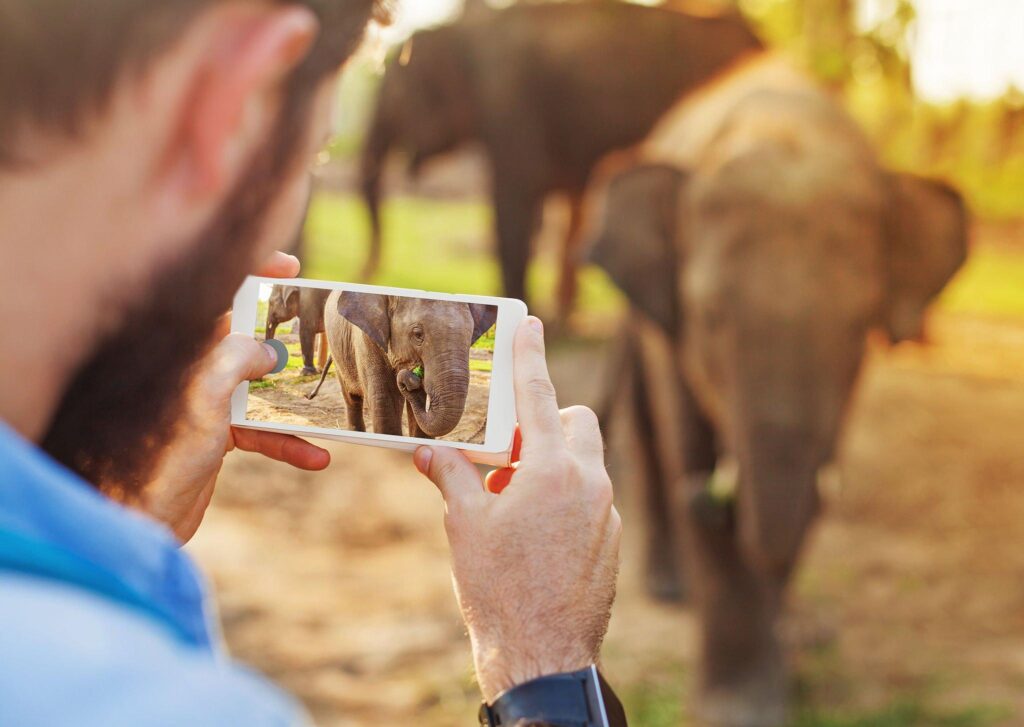
#7 Tips for Capturing Action and Movement in Smartphone Photography
Capturing action and movement in smartphone photography can be challenging, but you can achieve stunning results with the proper techniques and tips.
Whether photographing sports events, wildlife, or just your kids playing in the backyard, these tips will help you freeze the moment and create dynamic and engaging photos.
1. Use Burst Mode: Most smartphones have a burst mode feature that lets you quickly capture a series of photos. This is particularly useful when photographing fast-moving subjects, as it increases your chances of getting the perfect shot. Hold the shutter button, and your smartphone will capture a rapid-fire sequence of images. Later, you can review the burst and select the best photo.
2. Adjust the Shutter Speed: Some smartphone cameras allow you to manually adjust the shutter speed, determining how long the camera’s sensor is exposed to light. A faster shutter speed is ideal for freezing action, while a slower shutter speed can create a sense of motion blur. Experiment with different shutter speeds to achieve the desired effect.
3. Anticipate the Action: One of the keys to capturing action and movement is to anticipate the moment. Pay attention to the subject’s movements and be ready to press the shutter button at the right time. This requires practice and patience, but with time, you’ll better predict and capture the action at the perfect moment.
4. Use Continuous Autofocus: Enable the continuous autofocus mode on your smartphone camera to ensure that your subject remains focused even when moving. This feature tracks the subject and adjusts the focus automatically, allowing you to capture sharp and clear images.
5. Experiment with Different Angles: Be bold and get creative with your angles when photographing action and movement. Try shooting from a low or high perspective, or experiment with different compositions to add a sense of drama and excitement to your photos.
6. Capture the Emotion: Action and movement often evoke strong emotions, so try to capture those emotions in your photos. Focus on the subjects’ expressions or the moment’s energy to create more impactful and memorable images.
FAQ
1. Can I capture high-quality photos with my smartphone?
Yes, you can capture high-quality photos with your smartphone. Smartphone cameras have advanced significantly in recent years, offering impressive capabilities. You can capture stunning and visually appealing images with your smartphone by understanding and utilizing the camera features, following proper techniques, and using editing apps.
2. Do I need professional photography equipment to take better smartphone photos?
No, you don’t necessarily need professional photography equipment to take better smartphone photos. While professional cameras and lenses can offer certain advantages, smartphones nowadays have powerful cameras that can produce excellent results. You can achieve great images with your smartphone by learning and implementing the proper techniques.
3. Are editing apps necessary for smartphone photography?
Editing apps are unnecessary for smartphone photography but can significantly enhance your photos. These apps provide various tools and filters to adjust your photos’ brightness, contrast, colors, and other aspects. They allow you to fine-tune your images and make them more visually appealing.
4. Can I capture action and movement effectively with a smartphone camera?
Yes, you can capture action and movement effectively with a smartphone camera. You can freeze fast-moving subjects and capture dynamic moments using the correct shooting modes and settings, such as burst or sports modes.





